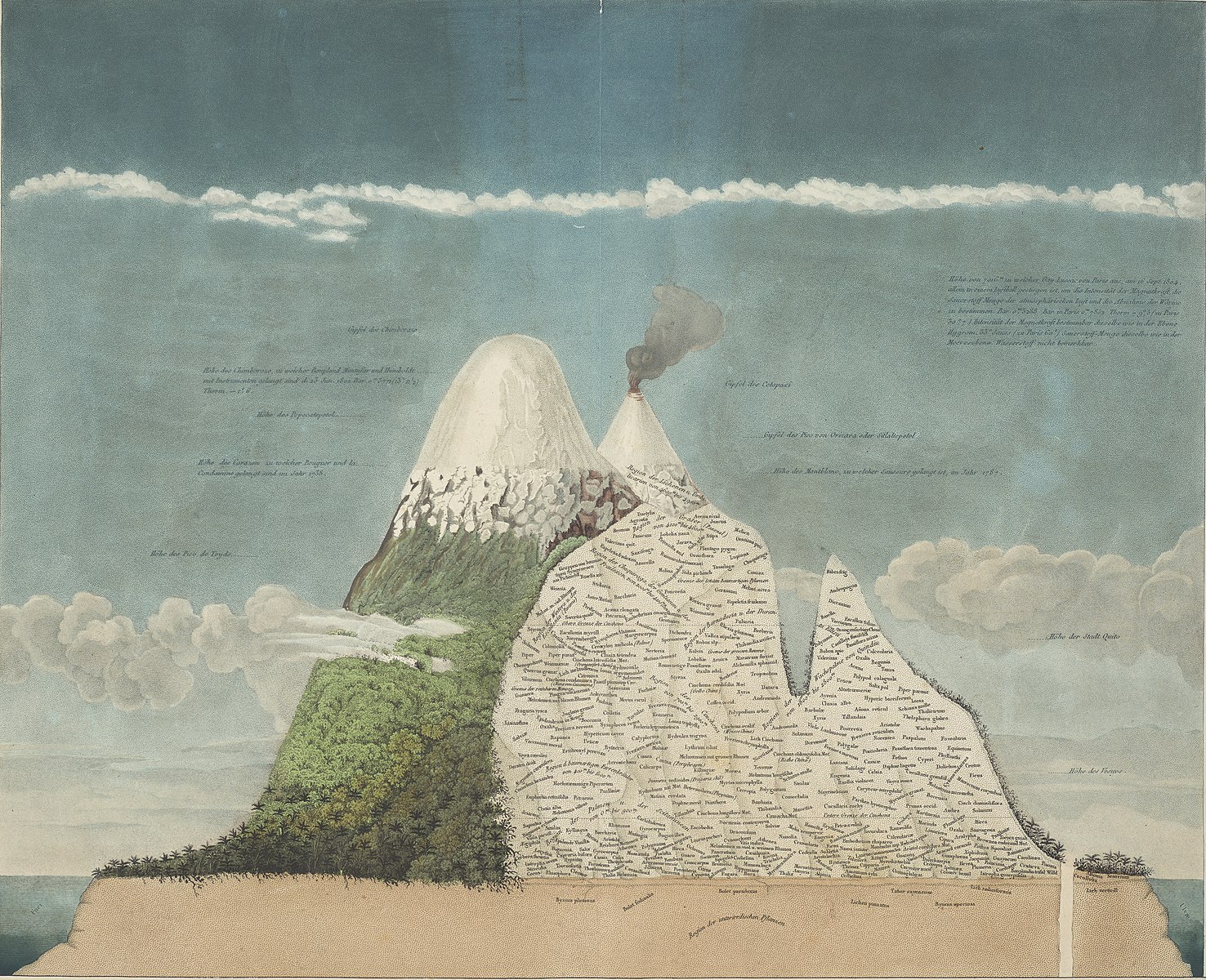Knauss legislative fellowships in Congress help build careers — and they're fun and educational. See our video and fact sheet for details.
The Maryland Sea Grant bookstore is closed from December 10 to January 3.
A Place for Creativity in Science Writing
What are the foundations of the basic ideas, terms, and theories of ecology?
At the first lab meeting of the 2023 fall semester, my lab mates and I wanted to dig into this question and gain a deeper understanding of the concepts so widely used across the field of ecology today. This sparked the idea to read and discuss foundational ecology papers from the book, Foundations of Ecology: Classic Papers with Commentaries, during our weekly lab group meetings at the University of Maryland Center for Environmental Science’s Appalachian Lab, led by Professor David Nelson.
First, we tackled the book by browsing the table of contents. A few names were familiar to us at first glance—typically recognizable from citations we had skimmed over in the past. What we uncovered in the book was unexpected: not just the roots of ecology, but the trove of wonderful descriptions that jump-started the scientific field of ecology.

The first paper we read was Stephen Forbes’ “The Lake as a Microcosm.” At first, I was shocked at the level of description and creativity in this paper; it would not be accepted to a modern scientific journal. Forbes was telling a story. It was personal, intriguing, and illustrative. This paper opened my eyes to the power of observation in science. I was able to picture the lake from Forbes’ description and visualize what the sediment layers, organisms, and plant communities might have looked like.
The first American ecology textbook, Research Methods in Ecology, introduced statistical and analytical methods to ecologists in 1905. This marked the transition of the field; empirical studies and quantitative data in scientific papers dominated, and ecology inevitably became more analytical. Now, it is engrained in scientists as the norm that publications must be analytical and precise. However, this style of writing often comes off as dry and jargony, even for other scientists.

In Joshua Schimel’s book, Writing Science, he describes creative writing as a strategy to effectively communicate scientific ideas to a general audience and smoothly incorporate scientific thinking into more understandable and digestible language. Reading about this creative writing style allowed me to reflect on my own science writing and how I could describe my research data clearly and effectively for a broader audience.
Consider describing a research field site or a part of your experimental methods creatively, for example. Imagine you are communicating with a family member or friend with no scientific background. How might you engage and relate to them in your writing? This is a reminder to keep your studies fun, tap into your creative side, and give it a go. Try not to get bogged down by the rigidity of scientific writing; don’t lose your story!
Top left photo: The UMCES' Appalachian Laboratory. Photo: UMCES.
References
Forbes, Stephen A. 1899. “The Lake as a Microcosm.” Bulletin of the Peoria Scientific Association: 77-87.
Kingsland, Sharon E. 1991. “Defining Ecology as a Science.” Foundations of Ecology: Classic Papers with Commentaries: 1-13.
Real, Leslie A and Brown, James H (Eds). 1991. Foundations of Ecology: Classic Papers with Commentaries. Chicago: The University of Chicago Press.
Schimel, Joshua. 2012. Writing Science: How to Write Papers that Get Cited and Proposals That Get Funded. New York: Oxford University Press.
See all posts to the Fellowship Experiences blog



